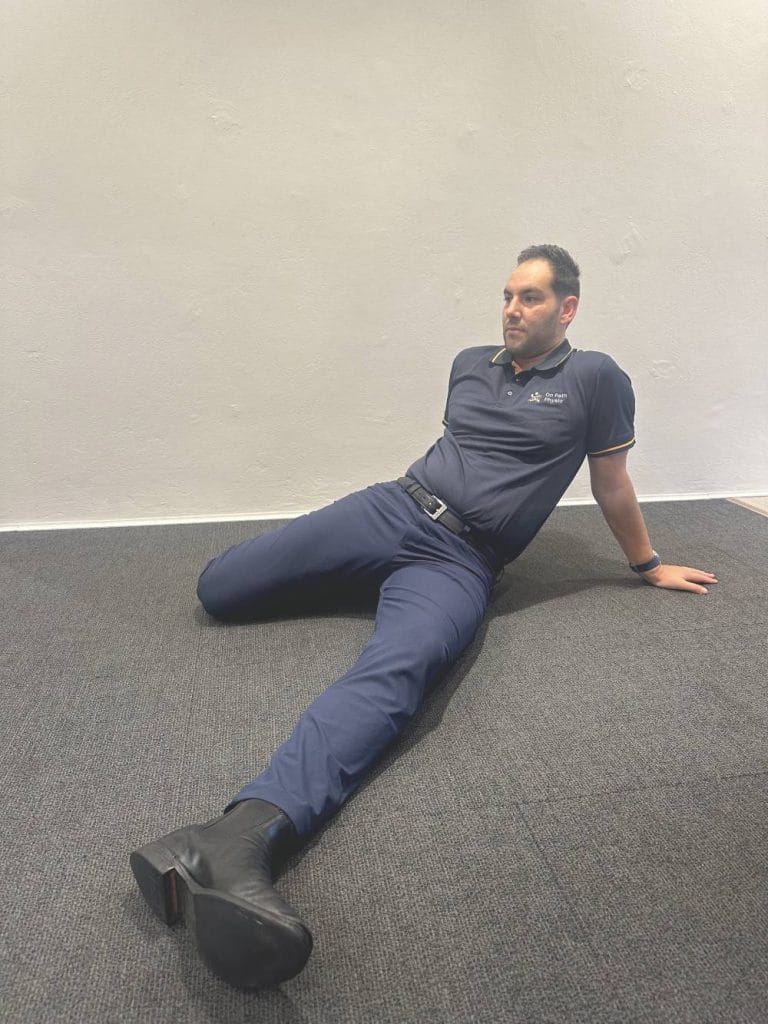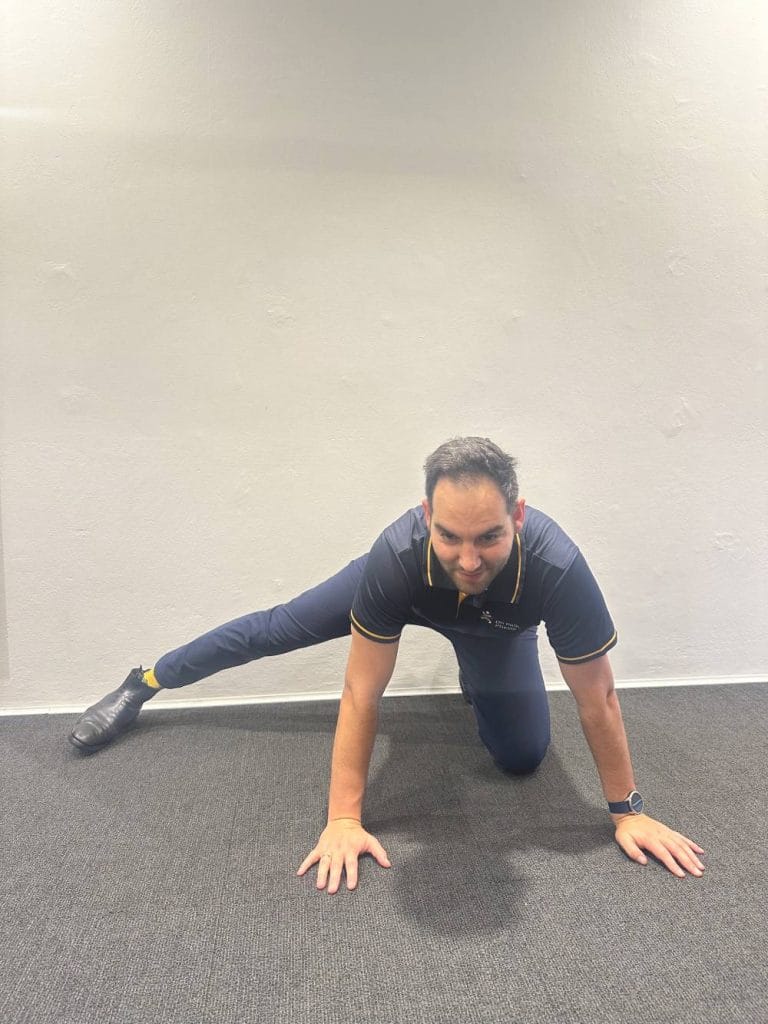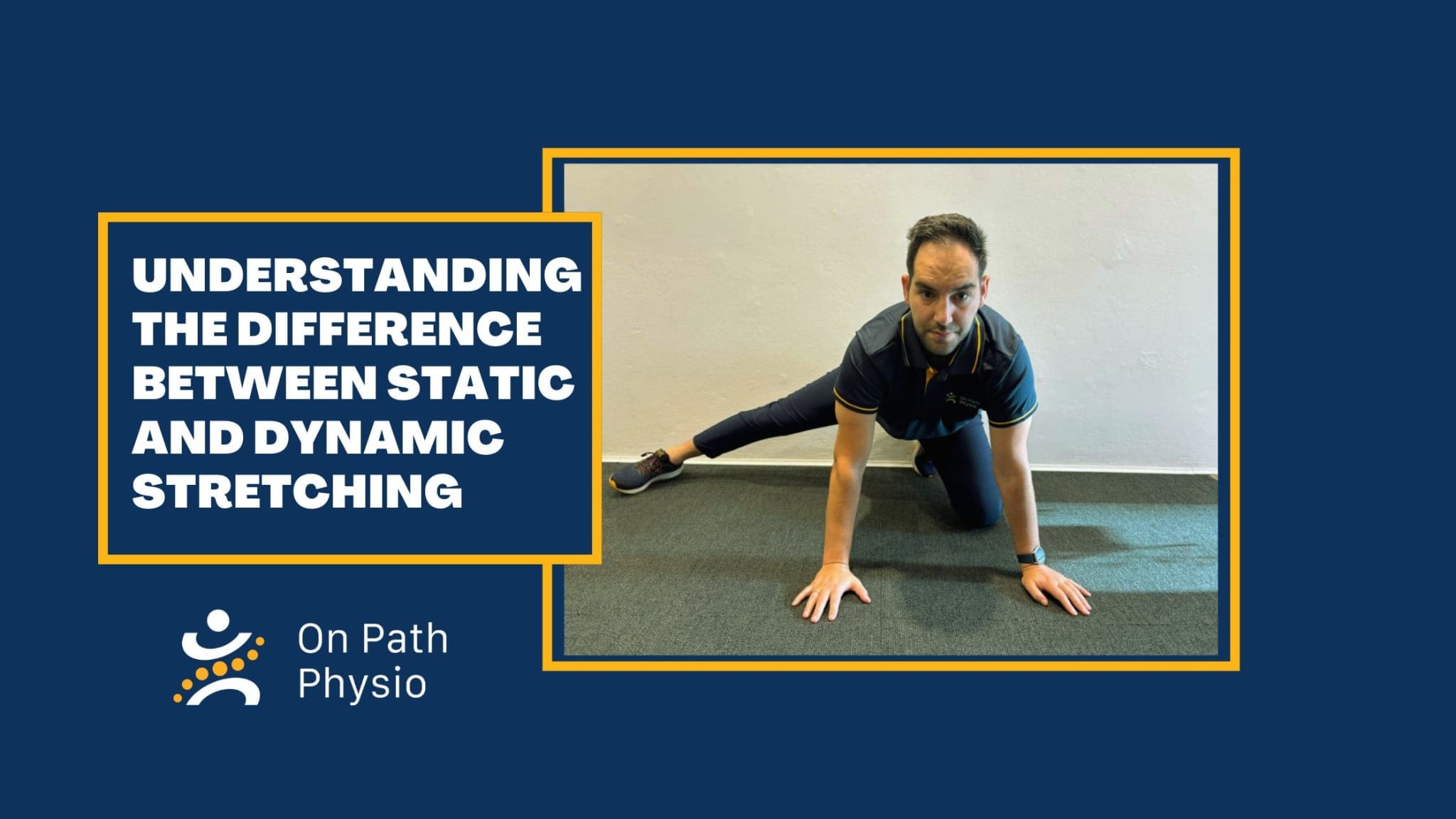To static or to dynamic stretch… what’s the difference? Let our physiotherapists at On Path break it down for you!
It’s no secret that stretching is an important part of exercise, ensuring your body is loose and ready for upcoming activity. Stretching also helps overall performance and prevents injuries. But are you up to speed on what type of stretching is best? There are two main types of stretching – static and dynamic; Dynamic stretching involves active movements that mimic the activity you’re about to do, while static stretching involves holding a position to stretch a muscle. Both have a place in your fitness toolbox -here’s what you need to know about each:


What is static stretching?
The term static stretching refers to any stretch that is performed without movement. Static stretching comprises several different techniques that slowly lengthen a muscle to a protracted position (until it starts becoming uncomfortable), which is then held for approximately 30 seconds. It is probably the most common type of stretching and is advised during the cool-down phase following an exercise session.
- The benefits to static stretching include: Improving range of motion and flexibility of joints to reduce the risk of damage to tendons and muscles during exercise
- Alleviating tightness and firmness of muscle
- Promoting blood flow in areas where muscles are being stretched
- Assisting with recovery and relaxing the body after training
What is dynamic stretching?
Dynamic stretching involves making active movements that stretch the muscles to their full range of motion. These exercises often simulate functional movements, helping to prime the body which is advised during the warm-up phase for training. The benefits of dynamic stretching include:
- Directly preparing the joints, muscles and nervous system for training
- Increasing core temperature and blood flow to muscles
- Improving the ability to perform appropriate range of motion
- Decreasing risk of injury and soreness

The bottom line:
When you’re heading into a workout, use dynamic stretching to prepare your muscles and joints for the activity, focusing on stretches that mimic the exercise you’re about to do. When it’s time for a cooldown, switch to longer holds with static stretches, as those can improve flexibility and reduce recovery time. For a more customised approach to working on your stretches, book an appointment with one of our skilled physiotherapists to stay On Path for a healthy life. Contact us today!




